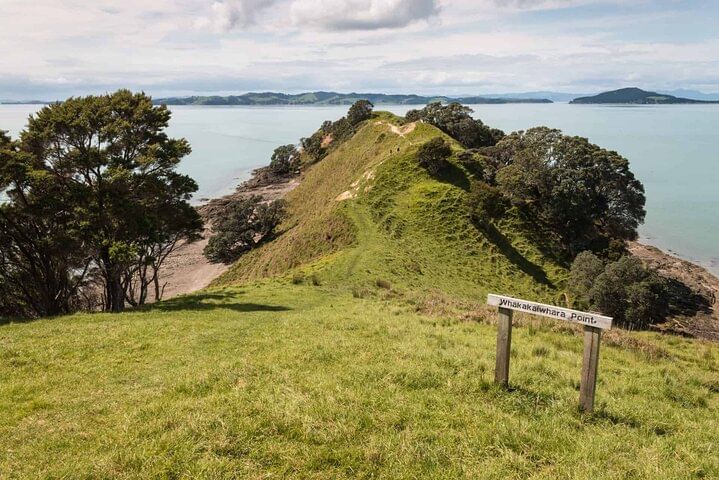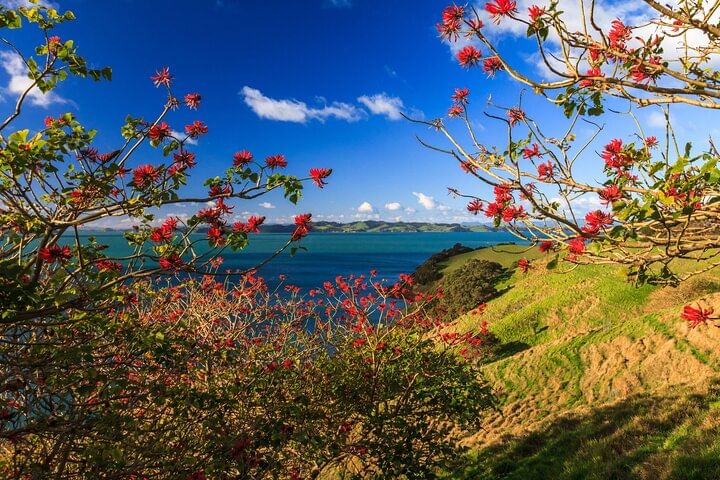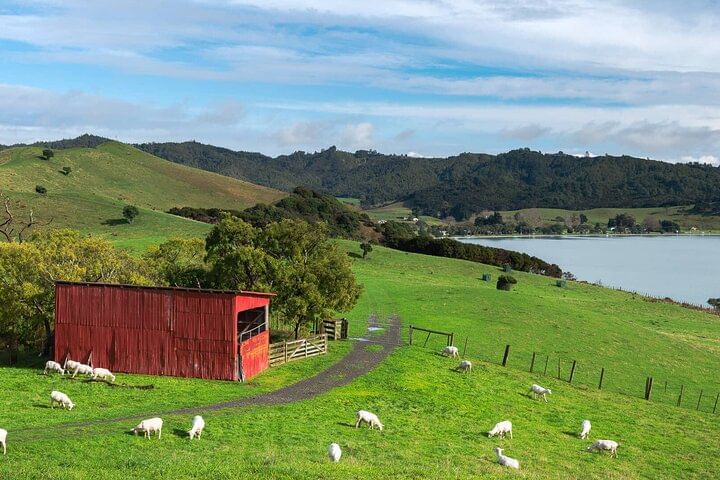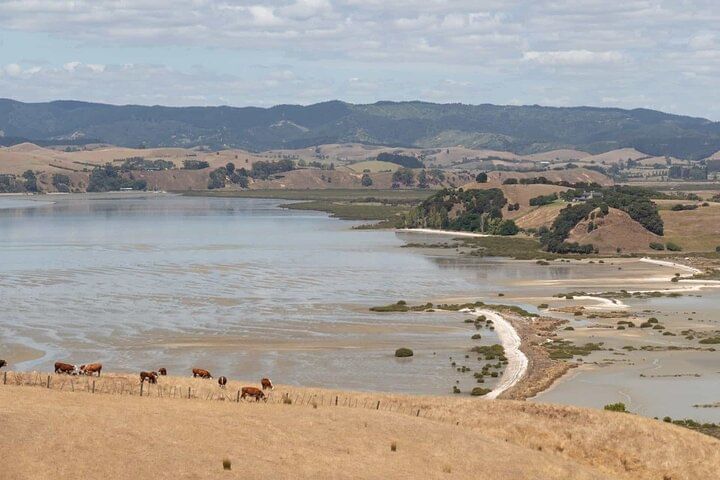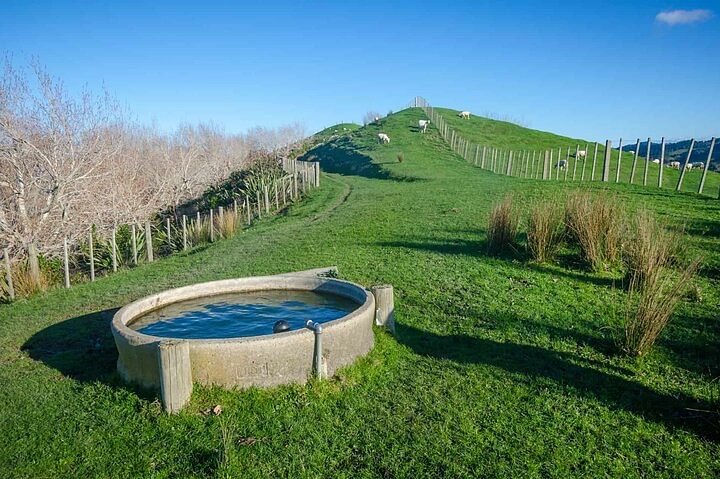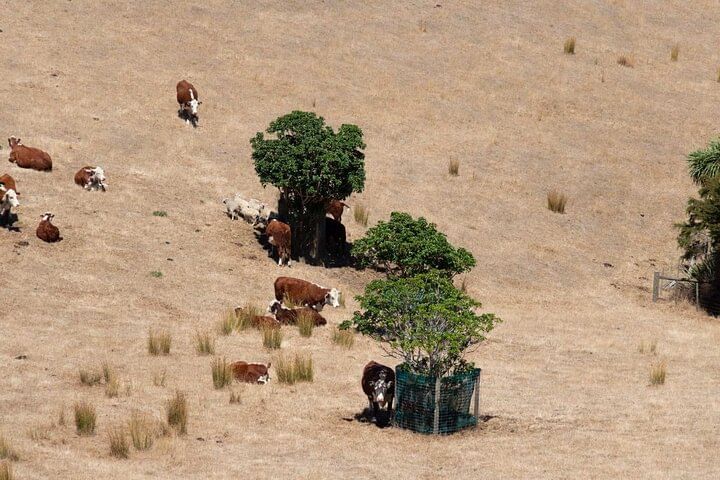Duder Regional Park Full-Day Walking Tour
6 hours
Easy
Duder Regional Park Full-Day Walking Tour
This guided walking tour will take you on a journey through different landscapes and secluded bays. Learn about the rich history and visit historical sites as you take in the breathtaking views, connecting visitors with nature and history
Duder Coastal Clifftop Trail: This coastal trek boasts awe-inspiring Hauraki Gulf views. Guides share geological insights and conservation efforts.
The Forest Adventure at Duder: Venture into the native forest, where towering pohutukawa and taraire trees thrive.
Discover the Duder Te Ara Hura Trail: Unveil unique geological and cultural heritage through coastal, forest, and grassland sections.
Sunrise and Sunset Walks: Witness the park's ethereal beauty at dawn or dusk.
What's included?
- Food & drinks
- Professional, Experienced and Knowledgeable Guide
- Lunch
Exclusions
- Transport
Please note
Hazards and Risks
Adventurous activities involve inherent hazards and potential risks, often coupled with the severity of hazards and the likelihood of risks.
Hazard: ‘anything’ that can cause harm. Hazards might be rocks, trees, water (drowning, floods), wildlife, humans, heights (falls, falling objects), machines, tools, weather (hypothermia).
Risk: the potential of something happening. Risks could be death, serious injury and/or emotional harm.
Adventurous activities offered by SNM could be dangerous if they’re not approached with care and responsibility. Participation in such activities is voluntary and not compulsory.
Hazards and risks are managed using a hierarchy of controls to choose the most effective control measures starting with elimination, then minimisation, substitution and isolation. Further measures take on administration controls and personal protective equipment if risks and hazards remain.
What to bring
- Backpack
- Walking shoes
- Water
- Snacks
- Personal Medication
- Raincoat
- Warm and comfortable clothing

